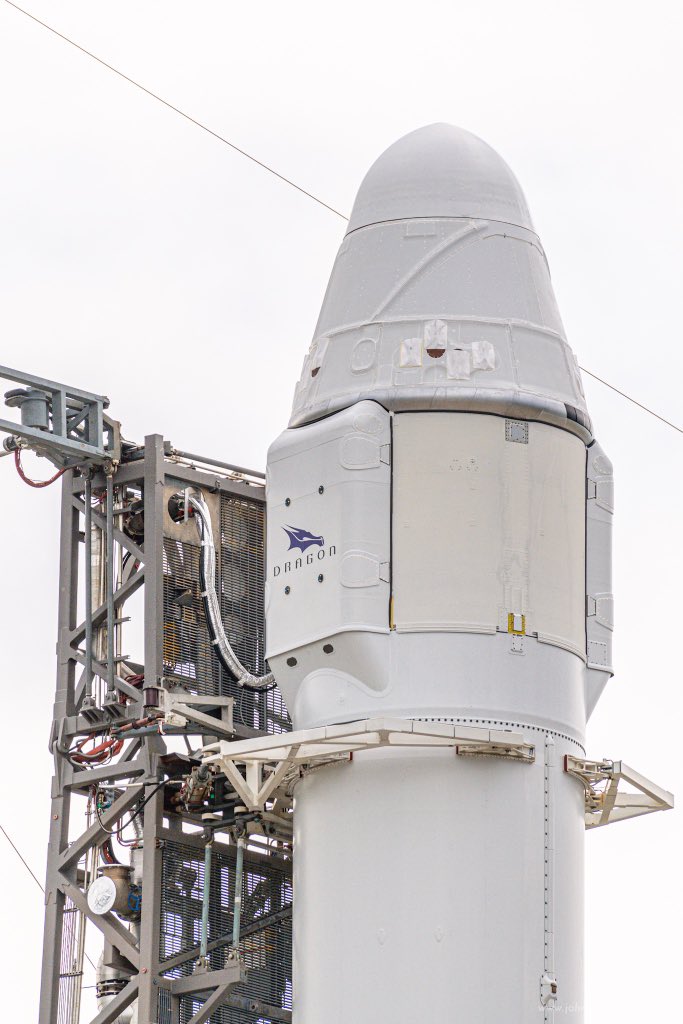What's the latest on the crew capsule explos... anomoly and what that means going forward? Haven't heard anything much on this recently.
Just found this article on SpaceX.com: https://www.spacex.com/news/2019/07/15/update-flight-abort-static-fire-anomaly-investigation





